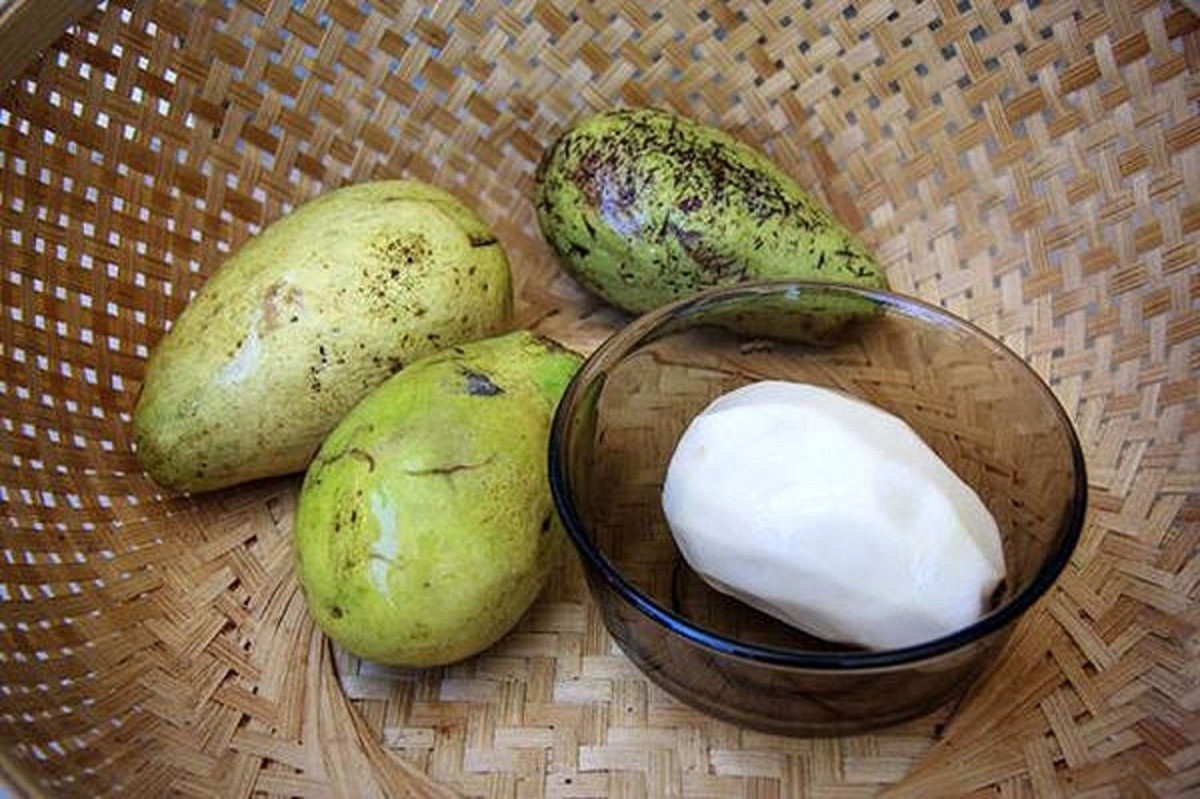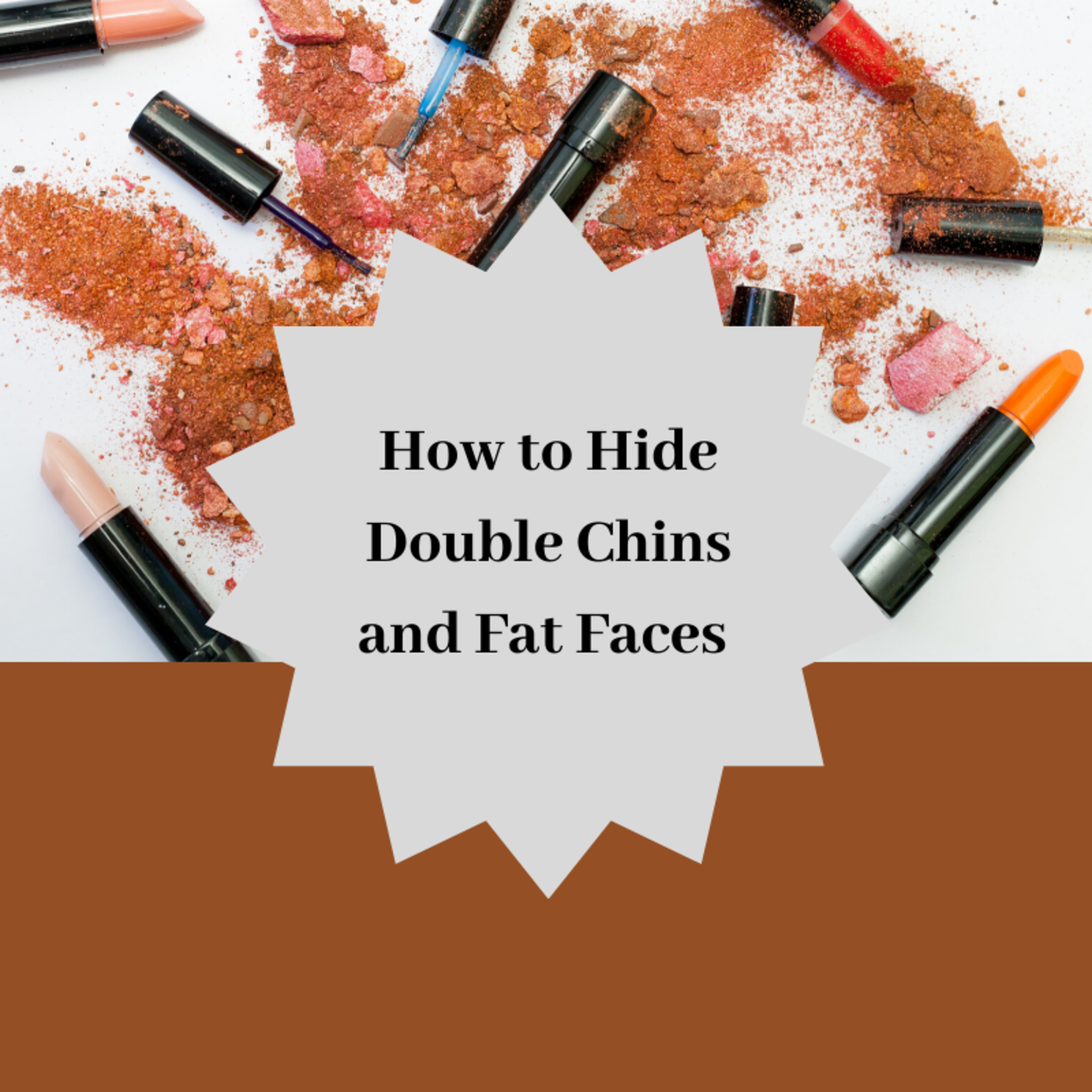The Roles of Exotic Fruits in Soaps and Lotions
Are they even edible? You might joke. But these fruits are considered as delicacies in some parts of the world. The locals are sometimes so into them that even the local cosmetics companies in their area included them in their products. And yes, even big cosmetics companies infused them in their soaps and lotions.
But are they really effective? Is there more than just juice in those fruits?
Mostly, exotic fruits are added to soaps and lotions because of their distinct scent. Cosmetic companies use them because they convey a sense of rarity for their products, a characteristic most of us look for.
There are some soaps and lotions, however, that claim that they do more to the skin than just add scent. Below is a list of exotic fruits and what lotions and soaps say about them.
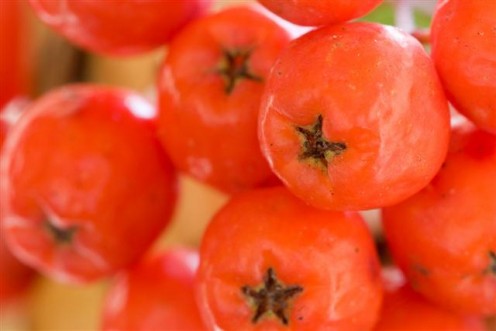
1. The Magical Rowan Berries
Braided rowan berries are believed to bring prosperity and good luck.
Rowan berries are round fruits that are bright orange or red. They are small, growing to just a few millimeters in size. Although bitter, they still make good jams and jellies. Be careful though, eating raw rowan berries may cause indigestion and kidney failure. This is due to the parasorbic acid present in the fruits. The good thing is parasorbic acid is made harmless by cooking. So better always cook them first.
Rowan Berries in Lotions and Soaps
Rowan Berries are usually added to soaps and lotions because they contain potassium sorbate, an extract that acts as a preservative to help prevent the growth of molds and bacteria. According to the Twin Cities Chapter of the Society of Cosmetic Chemists, they are also potential emollients. That means they can soothe or soften the skin. Bronnley Herbarium says that the rowan berries in their soaps invigorate and moisturize the skin.
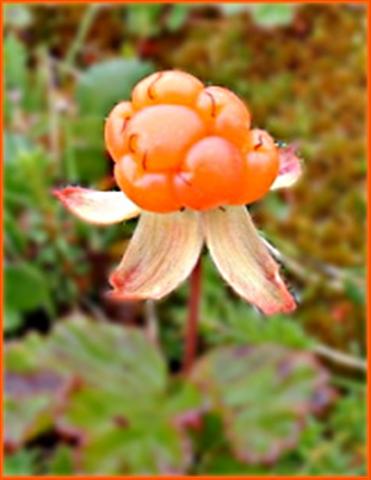
2. Cloudberries: The Fruit Norwegians are Fond Of
These berries look sumptuous. I bet they taste as good as they look.
Ripe cloudberries are soft and juicy. They are golden yellow and are loaded with Vitamin C. When eaten fresh, they are tart but they get sweeter as they mature. They even taste sweet when overripe. Similar to raspberries in size and appearance, they make delicious jams and jellies. They are highly prized desserts in Scandinavia.
Cloudberries in Lotions and Soaps
Cloudberries are added to alcoholic drinks to provide aroma. Some wines are made out of them. Lumene, a cosmetics company, says that they also benefit the skin. They say that the cloudberries in their soaps and lotions help protect the skin from stress. They also say that cloudberries are moisturizers, substances that make the skin soft and pliable.
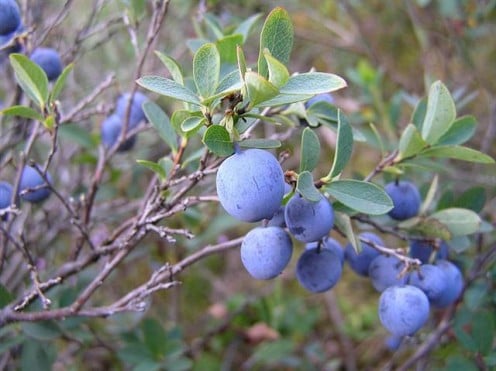
3. Bilberries, hurts or fraughans, they are all the same.
Want to have purple tongue and teeth? Try eating raw bilberries.
Bilberries are soft and juicy purplish black fruits. They are smaller than blueberries but are almost similar in appearance and taste. Bilberries are only less sweet and a bit sour. They are usually made into jams, fools, juices and pies.
Bilberries in Lotions and Soaps
Bilberries are usually added to lotions and soaps for their scent. There is still no sufficient evidence that proves that they can help with skin problems but there are claims that bilberry extracts combat bacteria. Some lotions even claim that they can be used to treat sunburns and skin inflammations. Burt’s Bees Foot Cream says that they are exfoliants.
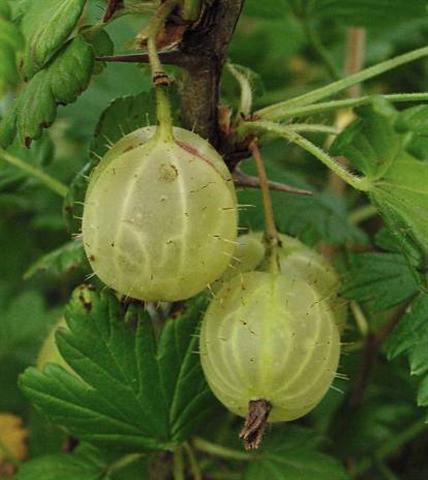
4. The Once Popular Gooseberries
Gooseberries were once popular in New York in the 1900’s. Planting them back then was prohibited to prevent white pine blister rust from spreading.
Gooseberries are oval fruits that are green, orange or red. They look like grapes with rough hairy skins. If you look closely, you’ll see veins that go from the bottom up, like that of a watermelon. They are usually bitter but some say they taste like pineapple mixed with strawberry. It is more common to find them canned or jellied but they can also be eaten raw.
Gooseberries in Lotions and Soaps
Not to be confused with amla, or Indian gooseberry, which belong to the family Phyllanthaceae, these gooseberries fall under the family Grossulariaceae, a different family of fruits. While amla is marketed with various benefits, these gooseberries are commonly added to lotions and soaps because of their scent. Fruit Frappe says that, when added with grapefruit to lotions and shower gels, they produce a tart and sweet scent.
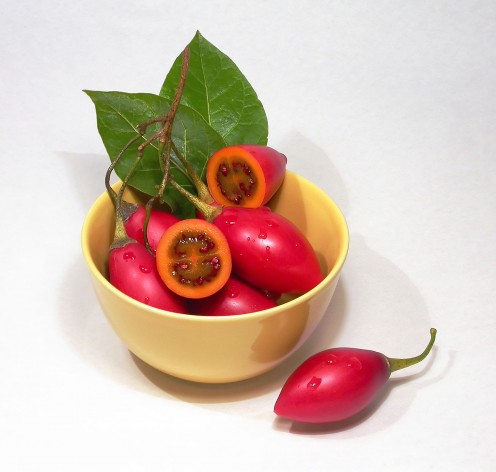
5. Tamarillo, the Tree Tomato
Are they related to the common tomatoes? Yes they are! That’s why they look like the common tomato when cut.
Tamarillos are yellow, red or purple egg shaped fruits. They too can be eaten raw although they are usually cooked. Raw tamarillos taste a bit tart but sweet. Unlike tomatoes that are eaten with skins, tamarillo skins taste bitter and are usually left out.
Tamarillos in Lotions and Soaps
Very few products contain tamarillo extracts added to them. Two examples are De Lorenzo Hard Hat, a hair care product, and the New Zealand night cream by Beauty Spa. Lorenzo Hard Hat added tamarillos for their distinct scent while New Zealand night cream claims that they provide the skin with vitamins and minerals plus beta carotene.
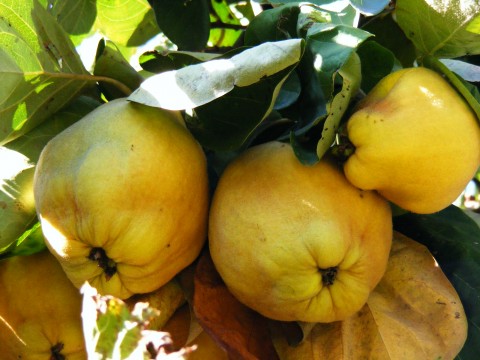
6. Quinces and Marmalades
The word marmalade was taken from marmelada, the Portuguese term for quince jam.
Quinces belong to the family of apples and pears. They are yellow fruits with hard flesh. Eating them raw will leave a sour astringent taste in your mouth but still, some people eat them that way. Quinces can also be used to add variety to cakes and pies.
Quinces in Lotions and Soap
Because quinces are aromatic, they are common ingredients in wines. This may also be the reason why they are added to lotions and soaps. For some cosmetic companies though, quinces are also emollients and aid in healing lesions of the skin. According to Dr. Hauschka Quince Day Cream and a Bath & Body Works hand lotion, quince extracts serve as moisturizers.
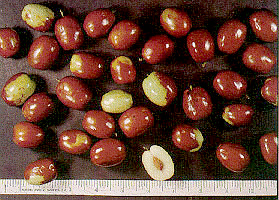
7. Jujubes: The Fruits with Stones
Jujubes, like olives, have stones that encase two seeds.
Jujubes are oval fruits about the size of a plum. They can be eaten when immature, while they are yellow or green, or when mature, when they wrinkle and turn reddish brown. They taste like apples and can be made into candies.
Jujubes in Lotions and Soaps
Jujubes have been used in traditional medicine for thousands of years. They are believed to be anti-bacterial, anti-inflammatory and anti-oxidants, and are used as an additive in anti-wrinkle and sunburn lotions. In the Himalayas and Karakorams, they believe that their sweet scent attracts females. Boscia Cremes and Body Washes say jujubes promote skin cell rejuvenation.
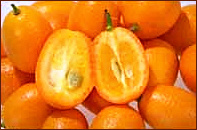
8. The Funny Named Kumquat
Kumquat is pronounced as “kum kwot”, with the ‘u’ in ‘kum’ pronounced like that of “cut” and ‘o’ in ‘kwot’ pronounced like the ‘o’ in pot.
Kumquats are bite-sized oval oranges that can be eaten whole or bitten in half. They have sweet thin skins, sour pulps, and are yellow to red when ripe. They are made into marmalades and jellies. Giving these fruits as gifts during New Year is a custom in China where it is believed to bring good luck.
Kumquats in Lotions and Soaps
The aroma of kumquats can be found mainly in the peel. Kumquat peel oils contain undecanal, a herbaceous scent similar to orange and ambergris. Because of their distinct scent, their oils are used in candles and perfumes too. Hugo Boss uses kumquats for the scent they add to their Hugo Boss Intense Body Lotion for women.
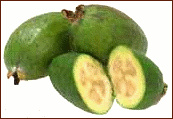
9. Feijoas, the South American Native
Feijoas are also called pineapple guavas because they look like guavas. But that is as far as they go because they are not related to pineapples.
Feijoas are green, egg-shaped fruits with jelly like centers. They maybe called pineapple guavas because they taste like pineapple, guava and strawberry combined. However, unlike guavas that you eat with their skin, you have to peel feijoas before eating because the skin tastes bitter. They are used to make jams, juices and ice creams in New Zealand.
Feijoas in Lotions and Soaps
42 Below, a liquor from New Zealand, adds feijoas in their vodka to give it a distinct taste and aroma. Cosmetic companies may have heard about their fragrance because they added feijoas to their products too. An example is Mor Cosmetics, a company that includes feijoas to give scent to their Emporium Lime Bath Soap.
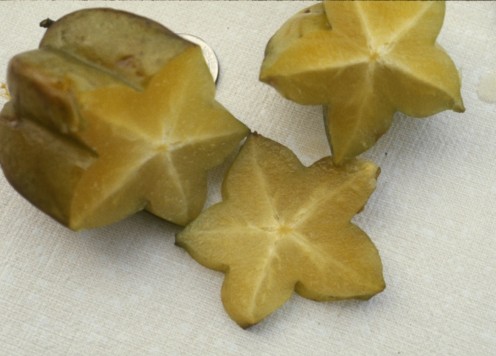
10. Starfruits: The Fruits with Bleaching Powers
Starfruit juices can remove stains from cloths. They can also be used to polish metals.
Starfruits are called as such because the cross section of the fruit resembles a star when cut. They are yellow to green when ripe, a bit sour but sweet in general. Their thin skin and crisp, juicy flesh makes for a crunchy bite. They make good candidates for salads. However, they contain oxalic acid which aggravates kidney problems. Be careful when eating them.
Starfruits in Lotions and Soaps
Though they contain oxalic acid, the oxalic acid’s odor contributes to the starfruits’ distinct smell. Some people say they smell like honey with a floral accent. This maybe the reason why Victoria’s Secret and Get Fresh have lotions and soaps with starfruit scents.
Tip:
Lotions and soaps, in general, are formulated to provide their effects even without the fruit extracts. Although there are fruits, like apples and lemons, that have good effects on the skin when right amounts are applied, the fruit extracts in soaps and lotions maybe so minimal that they do not really add to the intended cosmetic effect. If you’re setting out to buy a skin care product because the fruit extracts cause this or that, it is not bad to check if it can really do so. Cosmetic companies usually add fruit extracts to make their products stand out even if they almost have no physiological effect on the skin.
The good thing about fruit extracts, however, is that they are natural ingredients – if, cosmetic companies really made use of fruits and not synthetic materials. If you’re not sure that the fruit extract in a skin care product is potent, buy the fruit instead and eat it. The fruit, when eaten, will be more beneficial to the body.








